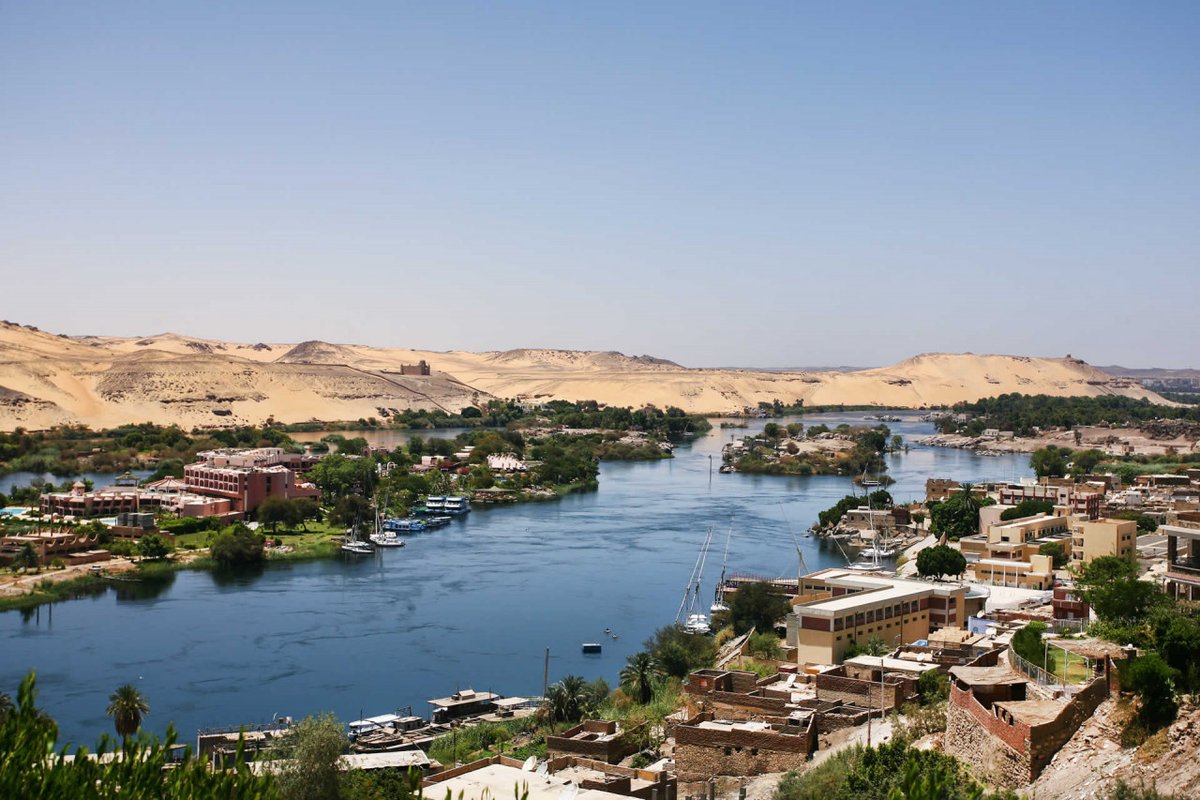The Myth of Narcissus: A Mirror For Our Modern Life
Nature, Virility, and Cultivation
This bull's head was used as a ritual vessel in Crete to pour liquids like wine and blood as offerings to deities.
This is one example of the bull's role in cultures all over the world. Why was this animal considered sacred? And why is it still symbolically significant today?

Rather than symbolizing one specific concept, the bull encompasses the wide-ranging tremendous power of nature beyond human control.
Like the frenzied gods of storm winds and earthquakes, the stampeding bulls trample the earth with blind fury. Their deep bellow and glimmering horns evoke deities of thunder and lighting.

The "Great Bull of Heaven," Taurus, comes at the height of spring and new life. And it is the Great Bull of Heaven that caused great destruction as the force of Nature, and was subsequently killed, in the Epic of Gilgamesh.
The Bull had to be subdued...

Quite fittingly, the bull is also how the power of nature was harnessed to create civilizations. Oxen (castrated bulls) were used for plowing and harvesting, reflecting humanity's increased mastery of the land.
Cattle became identical with wealth, and wars are still fought over them in places like Rwanda.

Minoan frescoes like this one depict bull-leaping, from which came the Spanish bullfights we are familiar with today.
Psychologically, this sport that drew great crowds depicts the wrestling between humanity and nature, evoking a play with danger and death.

There is no destructive force without its equal life-creating energy. They aren't two separate things. They are one and the same.
Therefore, the bull, with its capacity for destruction, possesses equally the life force of creation.
The physique on this bull makes it unsurprising that it is associated with fertility. Its phallic energy is so prominent and universal that it is associated with numerous ancient gods of vitality.

Although the bull has symbolically encompassed all four natural elements, it seems to be water that is most often associated with it.
In Egypt, the creator god Ptah in the form of the bull caused the flooding of the Nile, when the river deposits fertile soil on its banks, making the fields ready to sprout into new life each year.

The life-giving rain of a thunderstorm is said to originate from a bull-like deity. In Sanskrit, the words for "bull" and "rain" both come from the same root, meaning "to water" and "to impregnate."

In Greece, another god worshiped for his generative power was also associated with the bull: Dionysus.
The god of the vine and exuberant debauchery was called "the horned deity" and "the bull-browed."

Ba'al, the pagan deity mentioned most famously in the Bible, was most likely the Canaanite god Hadad, the god of storms, thunder, and fertility.
One of his symbols was the bull, and he was often depicted as wearing a bull-horned headdress.

Our fascination with the bull throughout history, ritualized in bull cults and bull sacrifices, survives today in activities like bull runs and bullfights.
Psychologically, it is the story of our relationship to instinctual nature, where humans are confronted with the bull's thrusting animal energy and attempt to subdue it.

Applying the bull to Jung's individuation process, we learn to cultivate and tend to the life force within ourselves.
When integrated, the raging bull can become surprisingly tender, and help us create and experience new life.



Multi-passionate creative and cultural philosopher. I love talking psychology, culture, education, and anything else that deals with living as better people.